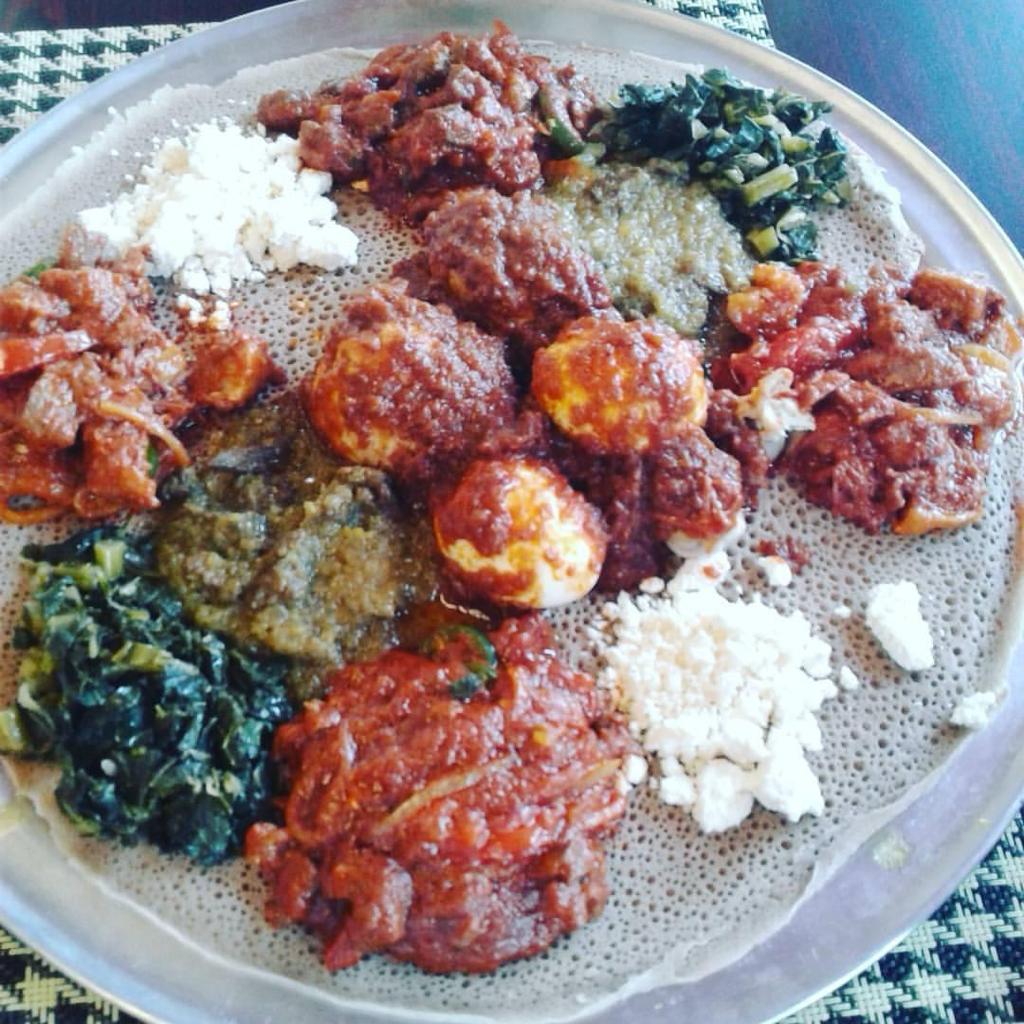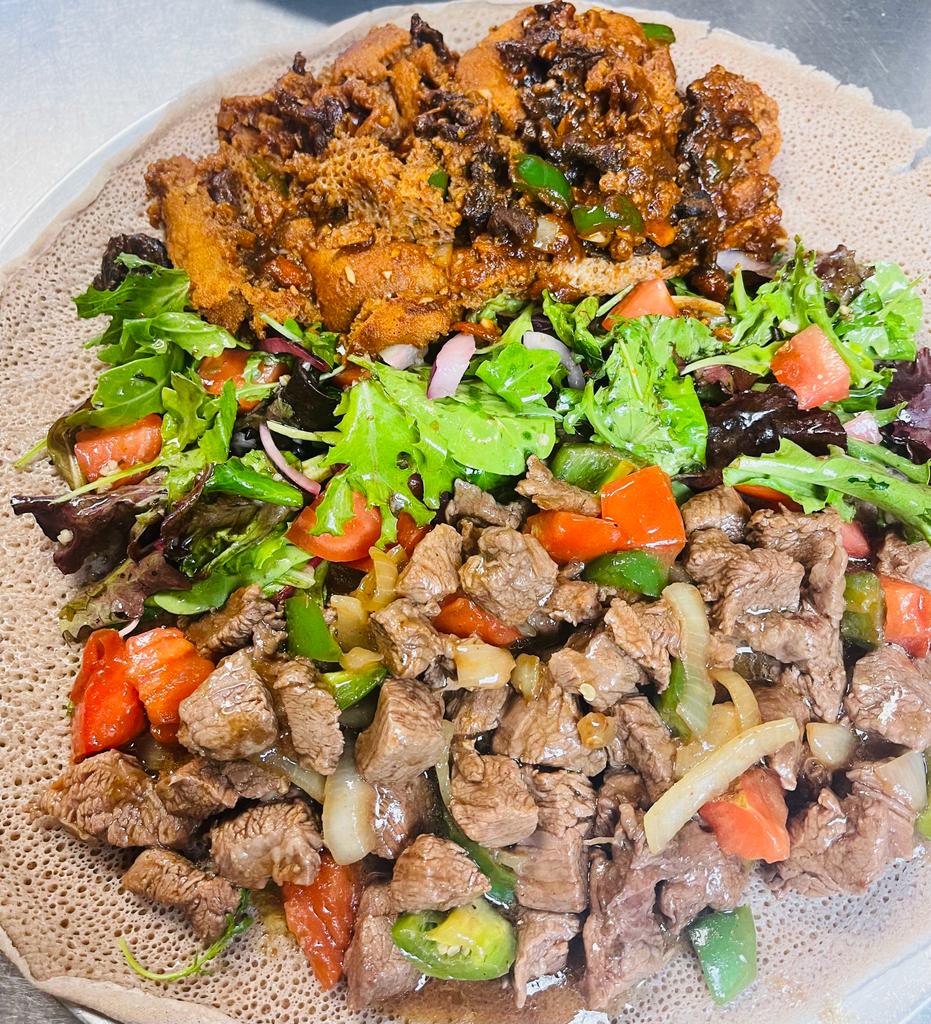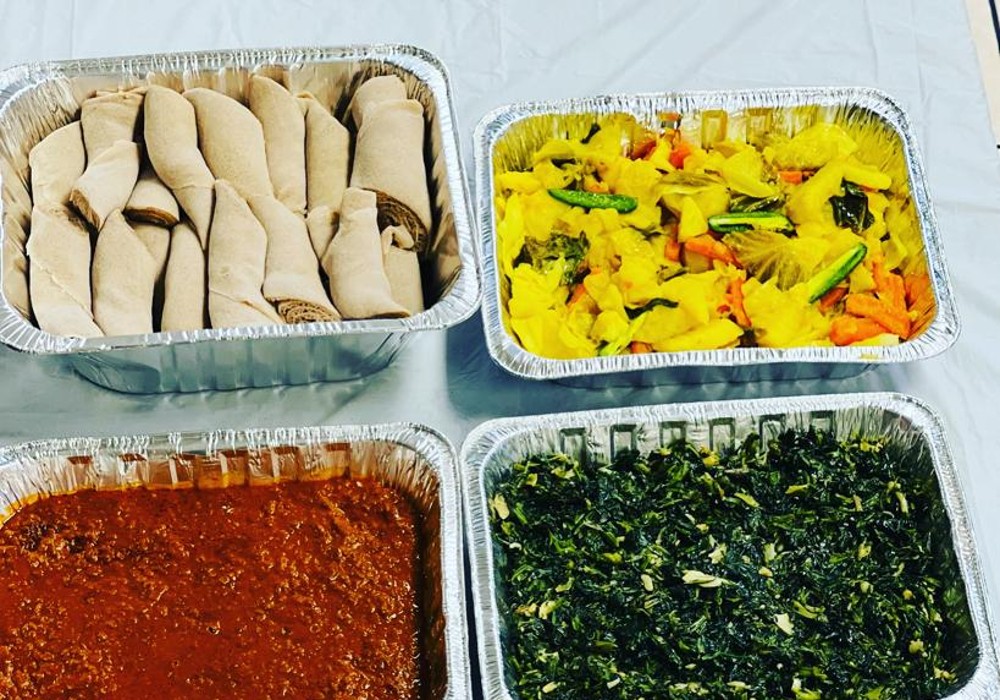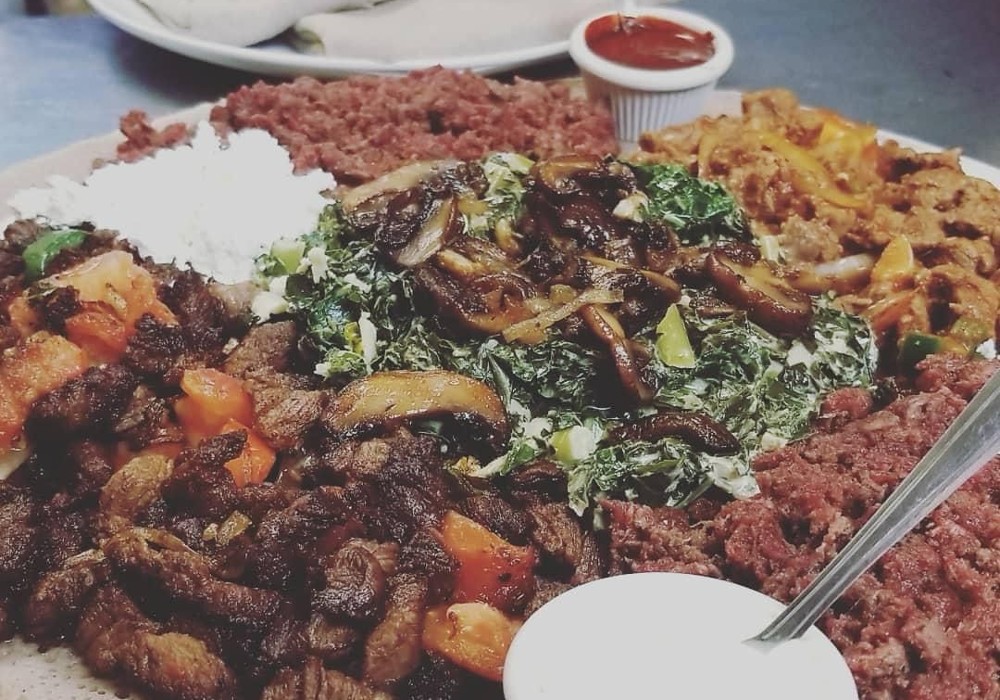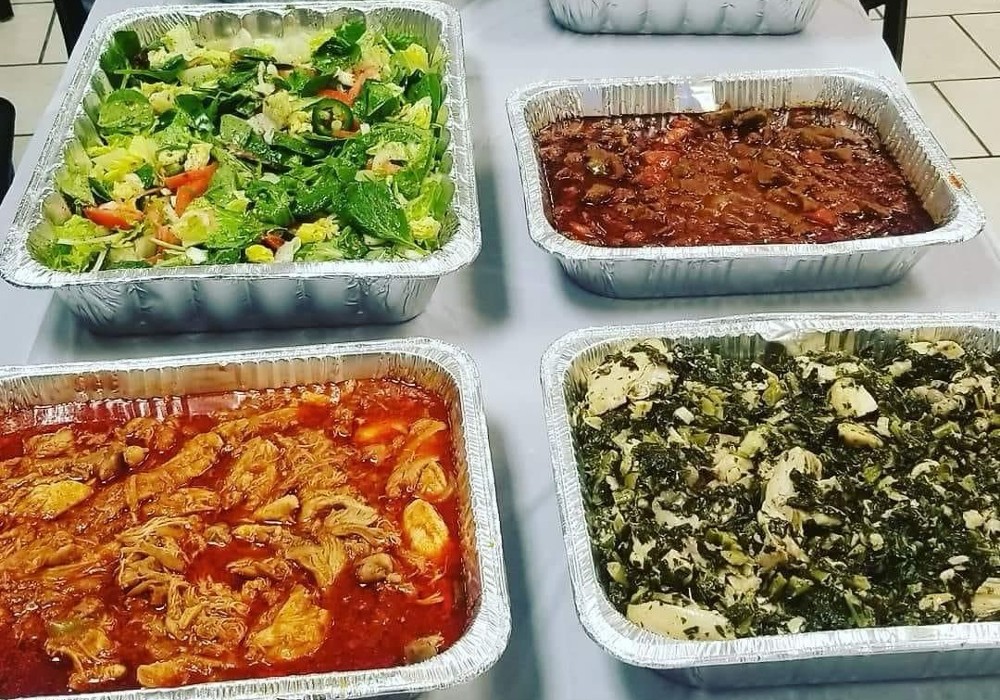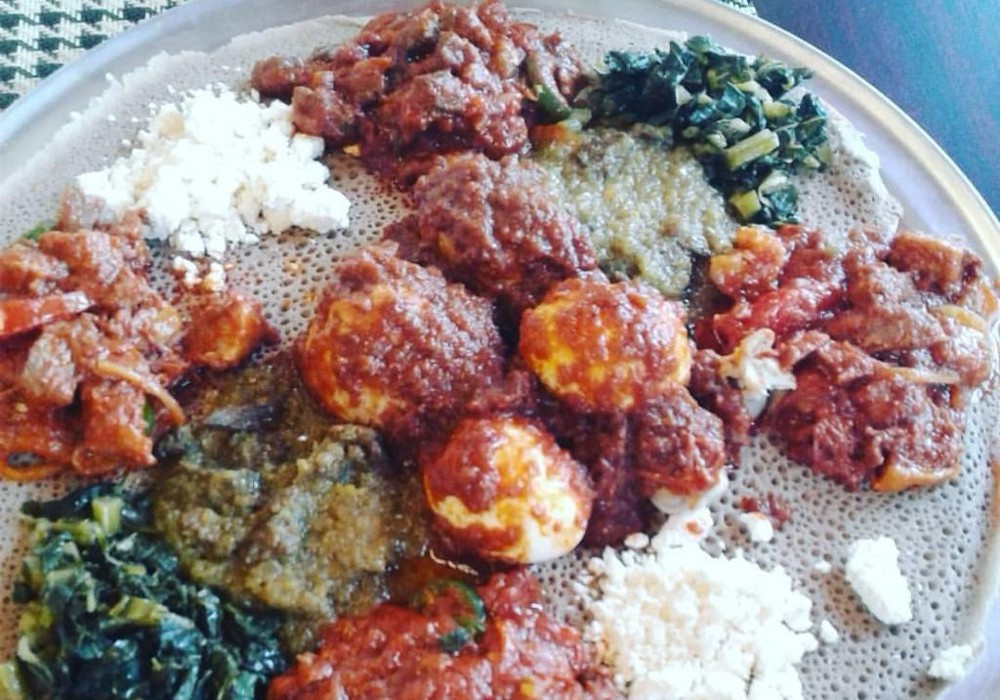ETHIOPIAN RESTAURANT IN WASHINGTON DC
Welcome to Deset Ethiopian Restaurant, a culinary haven nestled in the heart of Washington DC, where the vibrant flavors of Ethiopia come to life. At Deset, we take pride in crafting an authentic dining experience that invites you to savor the rich tapestry of Ethiopian cuisine. Our specialties include the luscious Vegetarian Combo, a symphony of plant-based delights; the succulent Fish Gulash, a celebration of Ethiopia’s diverse aquatic offerings; and the fiery Awaze Tibs, a grilled masterpiece infused with our signature spice blend. Each dish is a testament to our commitment to excellence and tradition, bringing the warmth and hospitality of Ethiopian dining to the bustling capital. Join us at Deset Ethiopian Restaurant for a culinary journey that transcends borders, where every bite tells a story of heritage, flavor, and community.
Ethiopian Vegetarian Combo:
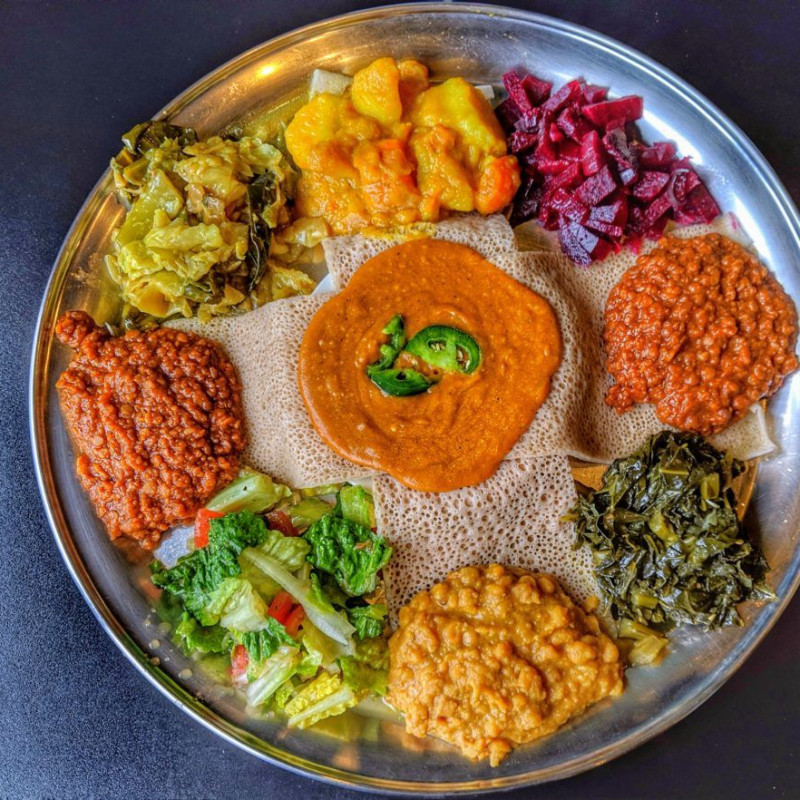
The Ethiopian Vegetarian Combo, known as “Ye’qimem Beyaynetu,” is a delightful and flavorful assortment of plant-based dishes that showcases the diversity of Ethiopian cuisine. This vibrant platter typically includes an array of lentil stews, chickpea curries, and various vegetable preparations, all served on a base of the spongy and sour injera bread. Each component of the combo is thoughtfully spiced with a blend of aromatic herbs and spices, creating a symphony of tastes that appeal to both vegetarians and those looking to explore the rich tapestry of Ethiopian flavors.
One of the highlights of the Ethiopian Vegetarian Combo is its communal nature, reflecting the country’s cultural emphasis on sharing meals. The injera, which serves as both a plate and utensil, fosters a sense of togetherness as people gather around the table to enjoy this hearty and wholesome feast. Whether you’re a dedicated vegetarian or simply seeking a delightful culinary experience, the Ethiopian Vegetarian Combo promises a satisfying journey through the unique and savory world of Ethiopian plant-based cuisine.
Fish Gulash

Ethiopian Fish Gulash, known locally as “Asa Gulash,” is a delectable dish that combines the rich flavors of Ethiopian spices with the delicate taste of fresh fish. This culinary delight often features a medley of aromatic herbs, including garlic, ginger, and a blend of indigenous spices like berbere, creating a robust and savory broth. The fish, typically a variety found in Ethiopian waters, is gently simmered in this flavorful concoction until it absorbs the essence of the spices, resulting in a tender and succulent dish that pays homage to Ethiopia’s culinary heritage.
Asa Gulash is not just a feast for the taste buds but also a celebration of the country’s diverse and abundant aquatic resources. Whether enjoyed with a side of injera or paired with traditional accompaniments like injera or rice, this Ethiopian Fish Gulash is a testament to the country’s ability to infuse even the simplest ingredients with an array of bold and complex flavors, making it a must-try for those eager to explore the rich tapestry of Ethiopian gastronomy.
Ethiopian Awaze Tibs

Ethiopian Awaze Tibs is a tantalizing and spicy dish that showcases the bold flavors synonymous with Ethiopian cuisine. “Awaze” refers to the special spice blend used in this preparation, and “Tibs” indicates a sautéed or grilled style of cooking. The dish typically features bite-sized pieces of meat, commonly beef or lamb, marinated and sautéed to perfection with the signature awaze spice mix.
The awaze spice blend is a complex mixture that often includes ingredients like berbere (a fiery red chili pepper paste), garlic, ginger, and various Ethiopian spices. This blend imparts a fiery kick and a depth of flavor to the meat, creating a mouthwatering and aromatic experience. Awaze Tibs is often served with injera, the traditional sourdough flatbread, allowing diners to scoop up the flavorful meat with each soft and tangy bite. This dish not only exemplifies the bold and robust taste of Ethiopian cuisine but also highlights the country’s culinary expertise in crafting dishes that are both deeply rooted in tradition and incredibly satisfying to the palate.
Spice it Up: Berbere and Mitmita Magic
Ethiopian cuisine is renowned for its distinctive spice blends, and the veggie combo is no exception. Berbere, a fiery chili powder blend, and Mitmita, a spicier alternative, infuse the dishes with warmth and depth. These spice blends not only elevate the flavor profile but also contribute to the unique and unforgettable taste of Ethiopian cuisine.
Veggie Combo Favorites

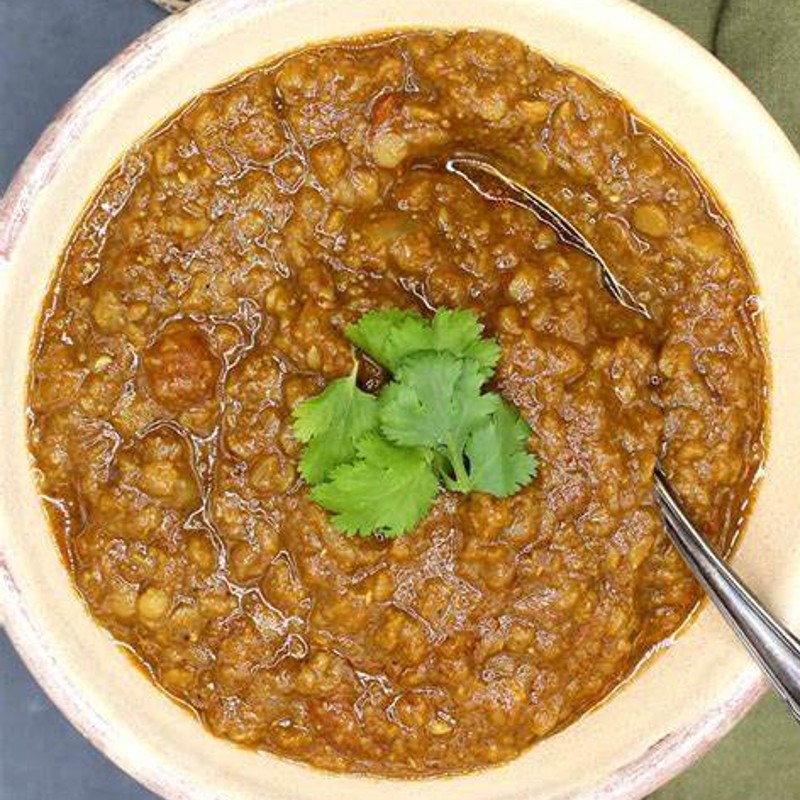

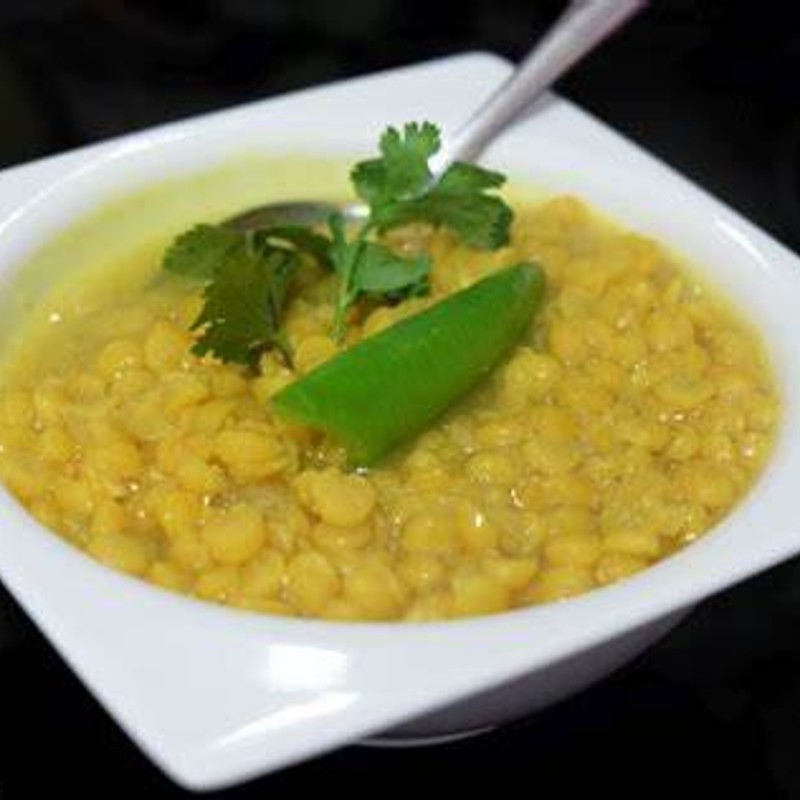
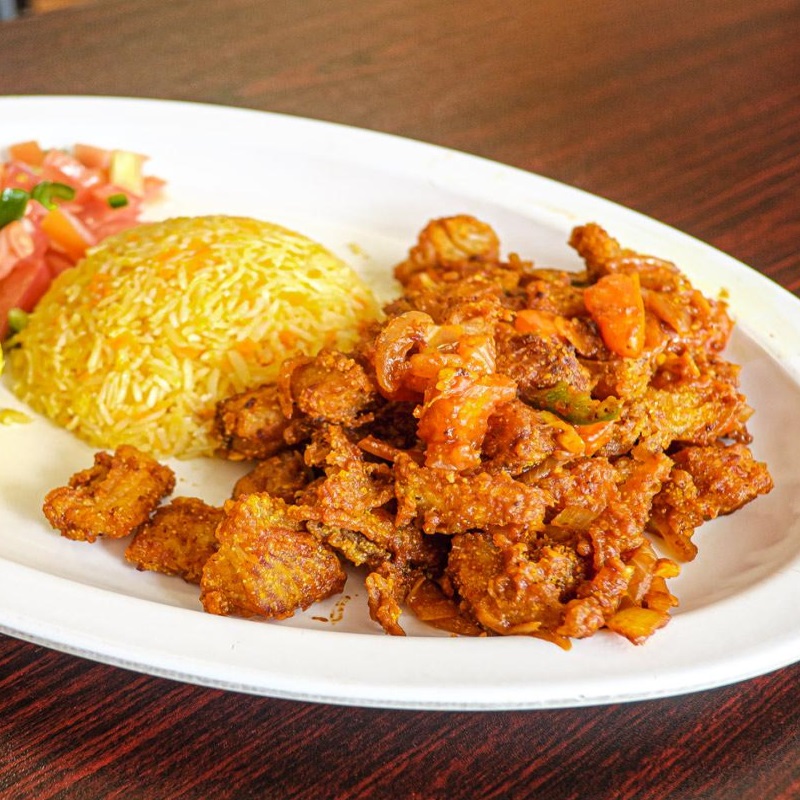

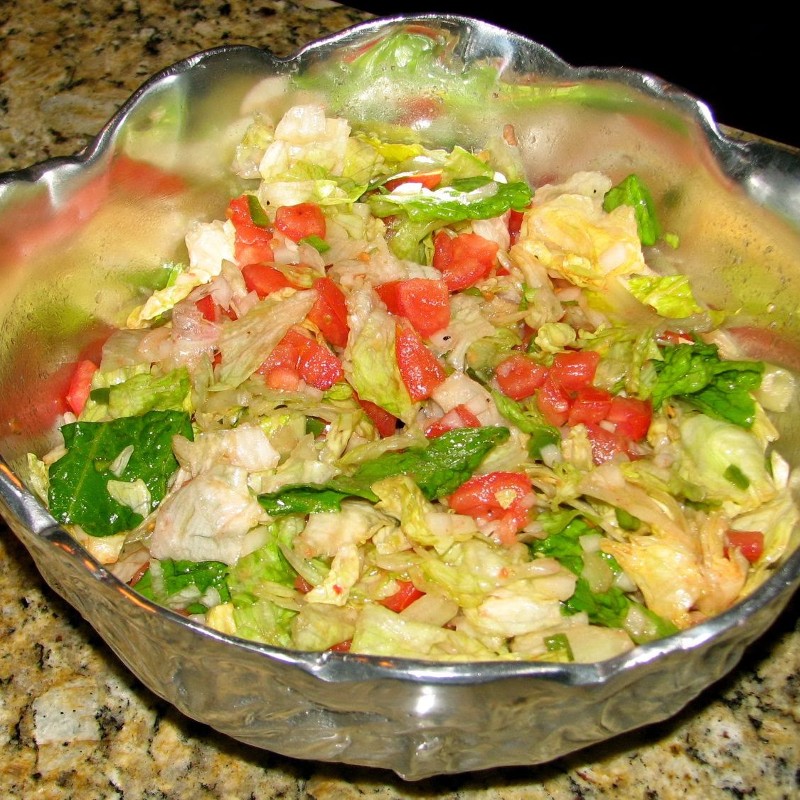

- Misir Wot (Red Lentil Stew): A spicy and flavorful stew made from red lentils, seasoned with berbere spice.
- Kik Alicha (Yellow Split Pea Stew): A mild and comforting dish featuring yellow split peas, turmeric, and aromatic spices.
- Gomen (Collard Greens): Fresh collard greens sautéed with onions, garlic, and spices, providing a nutritious and flavorful addition to the combo.
- Atakilt Wat (Cabbage, Carrot, and Potato Stew): A hearty stew featuring a medley of vegetables seasoned with a blend of spices.
Communal Dining: Sharing the Veggie Combo Experience
Ethiopian dining is a communal affair, and the veggie combo exemplifies this tradition. Served on a large platter, the veggie combo invites diners to gather around, tear off a piece of injera, and savor the array of flavors together. The act of sharing a meal becomes a bonding experience, connecting people through the joy of good food.
Conclusion: A Culinary Adventure Awaits
In the world of Ethiopian cuisine, the veggie combo is a standout offering that beckons both herbivores and omnivores alike. Its diverse flavors, aromatic spices, and communal dining experience make it a must-try for anyone seeking a taste of Ethiopia’s rich culinary heritage. So, grab a piece of injera, dig into the veggie combo, and embark on a journey of flavors that will linger in your memory long after the last bite. Ethiopia’s veggie combo is not just a meal; it’s an experience waiting to be savored.


